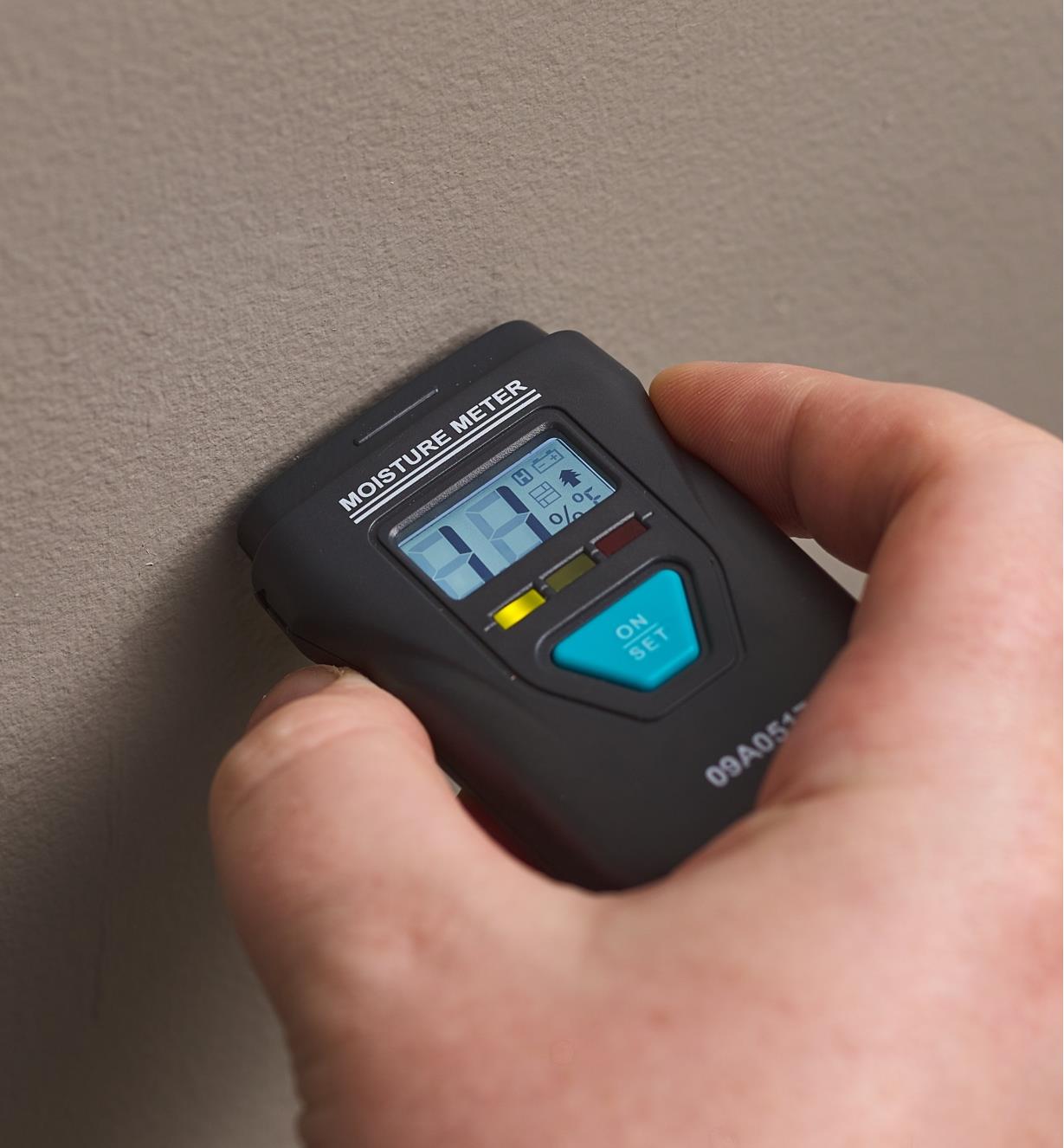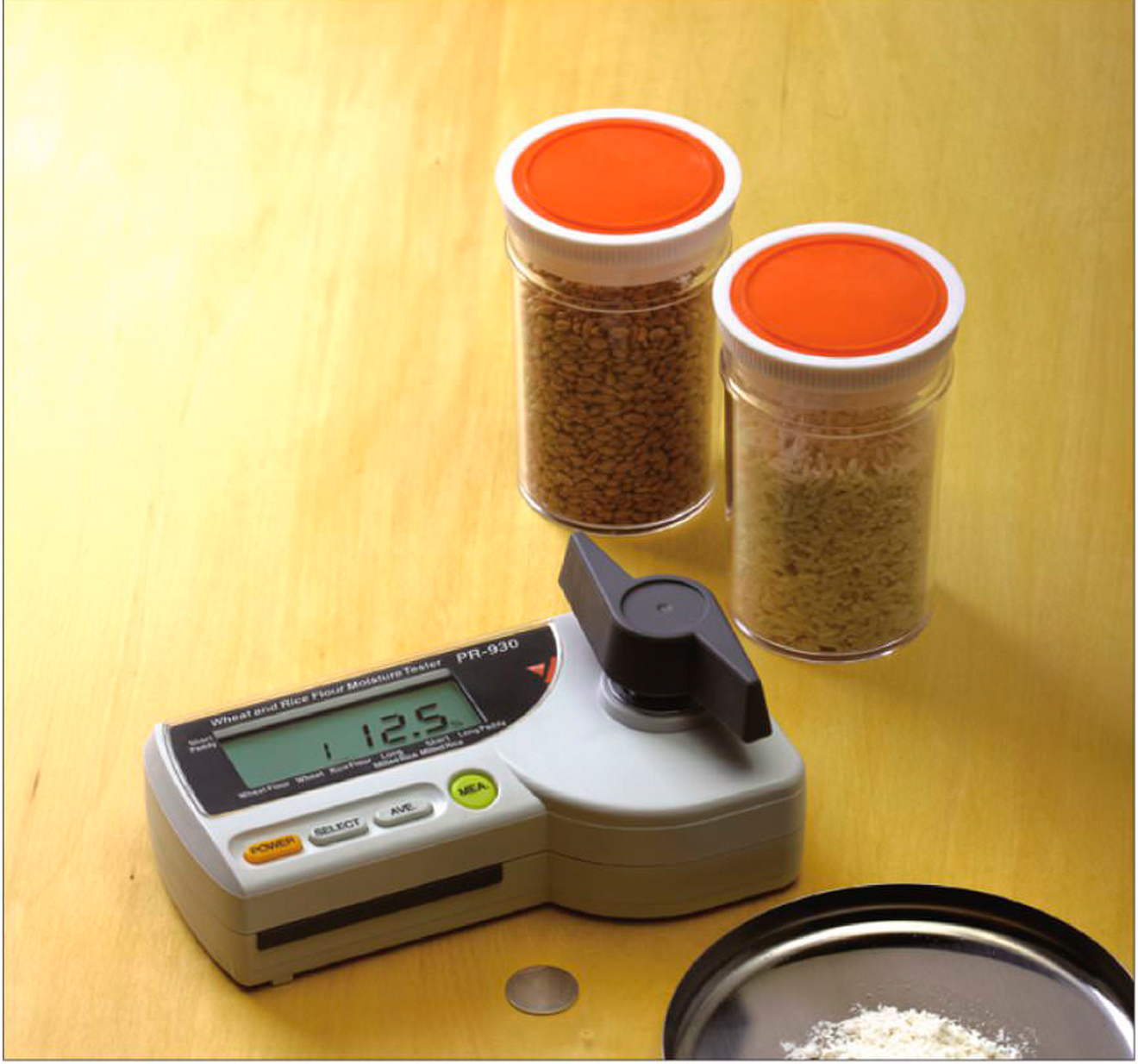Understanding the Various Types of Moisture Meters and Their Applications
Understanding the Various Types of Moisture Meters and Their Applications
Blog Article
The Ultimate Overview to Moisture Meters: A Comprehensive Summary and How They Can Save You Cash
In the world of building upkeep, building and construction, and various markets, the significance of precisely measuring moisture levels can not be overstated. Moisture meters work as crucial devices in spotting and keeping track of moisture material in products, helping in avoiding costly problems and making certain the quality of products. Comprehending the subtleties of different sorts of dampness meters, their applications, and the potential cost-saving benefits they offer can be a game-changer for organizations and professionals alike. Uncovering exactly how these devices can not only simplify processes yet additionally add to economic cost savings is a trip worth beginning on.
Kinds of Moisture Meters
One typical kind is the pin-type dampness meter, which determines the electric resistance between two pins put right into a material. Pinless wetness meters, on the other hand, use electromagnetic sensing unit plates to scan a bigger location without causing damage to the product's surface area.
Additionally, there are also specialty wetness meters made for particular products like dirt, grain, or hay. These meters give accurate wetness readings tailored to the special residential or commercial properties of the material being examined. Infrared dampness meters gauge the thermal residential or commercial properties of a material to identify its dampness material non-invasively, making them useful for applications where pin or pinless meters may not appropriate. Recognizing the various kinds of moisture meters available can help markets choose the most suitable device for their certain moisture measurement needs.

Advantages of Utilizing Moisture Meters

In addition, making use of moisture meters can lead to raised energy performance. In agricultural setups, wetness meters play an important function in optimizing crop yields by enabling farmers to monitor dirt moisture degrees and make educated irrigation decisions.
How to Pick the Right Moisture Meter
Choosing the suitable dampness meter includes thinking about essential variables such as material compatibility, dimension variety, and calibration precision. When choosing a dampness meter, it's vital to ensure that the meter appropriates for the certain product you will certainly be screening. Various materials have differing electric residential or commercial properties that can influence dampness analyses, so choosing a meter developed for your material is important for exact results. Additionally, take into consideration the dimension series of the wetness meter. Make certain that the meter can identify wetness degrees within the array required for your applications. Calibration precision is another critical element to keep in mind (Moisture Meter). Opt for a wetness meter with dependable calibration to ensure constant and precise analyses. Some meters may require periodic calibration modifications, so comprehending the calibration procedure is essential. By thoroughly reviewing these variables, you can select a wetness meter that fulfills your requirements and supplies accurate moisture measurements for your jobs.
Correct Techniques for Moisture Meter Use
To ensure accurate moisture this website readings and take full advantage of the performance of a wetness meter, utilizing proper strategies is crucial. When using a pin-type wetness meter, put the pins or probes into the product being examined until they make full contact. Make sure the pins are vertical to the surface area to obtain one of the most exact reading. For pinless moisture meters, hold the tool flat against the product and relocate gradually to cover the entire area for an average reading. It's crucial to calibrate the wetness meter according to the material being checked to enhance precision. Take numerous readings throughout the surface area and average them out for a much more dependable outcome. Additionally, guarantee that the product being tested is accommodated to the environment to avoid manipulated analyses. Regular upkeep of the dampness meter, such as cleaning up the pins or sensor, is additionally crucial to make certain exact and consistent readings. By complying with these proper strategies, users can depend on their moisture meter to give reliable wetness degrees, aiding in stopping costly damage or guaranteeing top quality in various applications.

Expense Financial Savings Via Moisture Meter Applications
Just how can the strategic usage of wetness meters result in significant cost savings throughout various sectors? Wetness meters play an important function in expense savings by avoiding possible damage and making certain high quality control in various industries. In the agriculture industry, moisture meters help in figuring out the ideal time for collecting crops, protecting against over-drying or excess wetness that can impact the end product's quality. This accurate surveillance helps farmers avoid unnecessary losses and optimize their more helpful hints yield.

Furthermore, in the food processing market, moisture meters are important for checking product high quality and guaranteeing compliance with safety and security laws. By precisely measuring moisture material in foodstuff, producers can avoid putridity, keep freshness, and lower waste, resulting in substantial expense financial savings. In general, the critical application of dampness meters is a useful investment that can bring about considerable expense decreases and enhanced effectiveness throughout different sectors.
Final Thought
In verdict, wetness meters are beneficial devices for measuring and discovering moisture levels in various products. By utilizing the right moisture meter and adhering to correct methods, customers can effectively protect against pricey problems caused by excess wetness. Spending in a high quality wetness meter can lead to significant price financial savings in the long run by recognizing potential concerns early on and enabling timely remediation. Inevitably, dampness meters are necessary tools for keeping the integrity and long life of frameworks and materials.
Moisture meters serve as important tools in discovering and keeping track of moisture content in materials, assisting in protecting against pricey damages and ensuring the top quality of products. Infrared moisture meters determine the thermal residential or commercial properties of a material to determine its moisture content non-invasively, making them useful for applications where pin or pinless meters may not be ideal.Dampness meters provide indispensable benefits this content in properly analyzing and keeping track of dampness degrees in varied materials and settings. In farming settings, moisture meters play an important function in maximizing crop returns by making it possible for farmers to monitor soil wetness levels and make informed irrigation choices.In verdict, dampness meters are important tools for identifying and determining dampness levels in numerous products.
Report this page